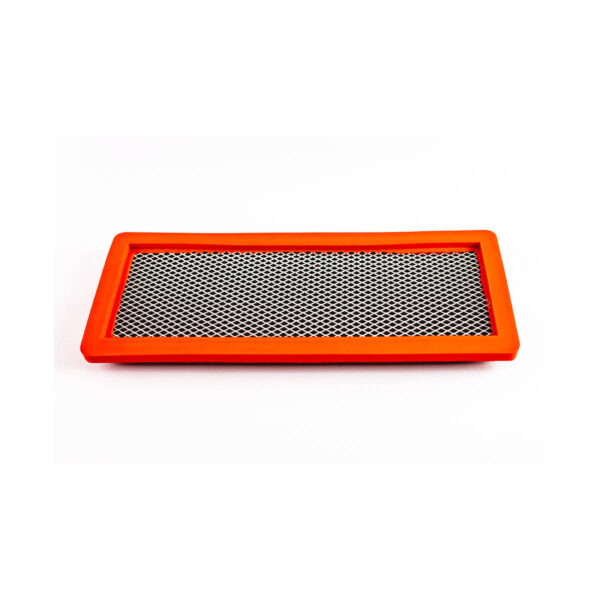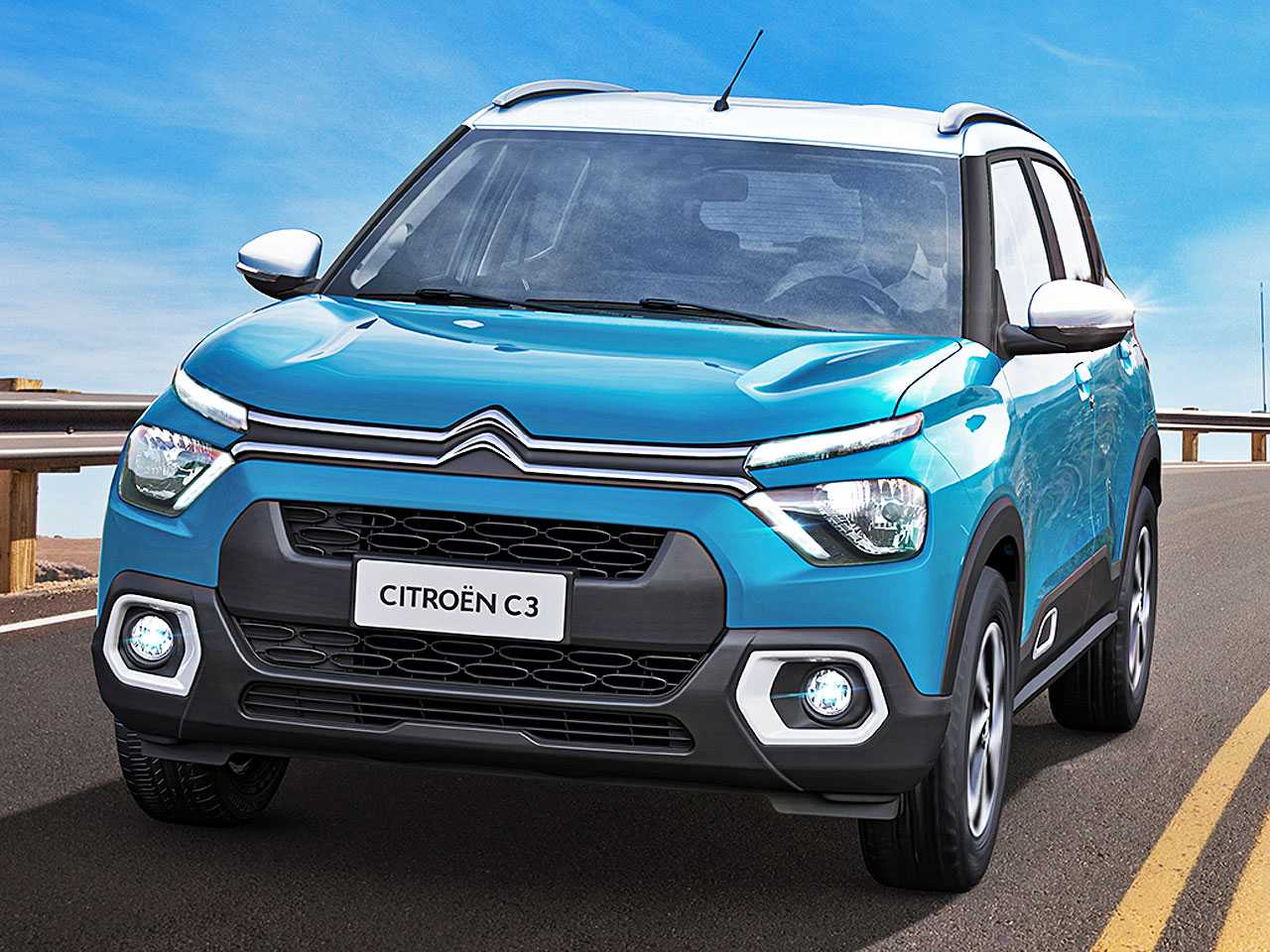

Popular with many buyers is the SRI trim as worn by our test car and starting from £20,270.
His iturbo 1.6 android#
Operated through a seven-inch touchscreen on the centre console, this includes DAB radio, Bluetooth, and Apple CarPlay and Android Auto smartphone integration – meaning, of course, you don’t have to worry about paying for a satnav-equipped model as you can simply pipe the app on your phone through the screen. They start from the entry-level Design at £17,670 and range up to the Ultimate starting at £25,490.Įquipment levels are a positive aspect of the Astra – even entry-level Design models include air con, cruise control, daytime running lights and the Intellilink infotainment system. The new model saw the number of trim levels on offer simplified but today, including ‘sub-trims’ such as the Nav version of the SRI model, there are still nine different varieties to choose from. And this all came in a car that was actually smaller than its predecessor – 5cm shorter, 2.5cm lower and even with a 2cm shorter wheelbase, but thanks to that modular construction, more interior space.Ī prime consideration making the Astra attractive to buyers has been value for money. All of which was good news for economy and emissions, as well as on-the-road performance. It was also a significantly lighter one too, by at least 130kg, making the most of the brand’s new modular platform. – this was the most aerodynamic five-door car yet produced by Vauxhall and sister brand Opel. The new car launched with a new, more purposeful shape, from its sharply styled front to the signature two-tone rear screen pillar. Vauxhall’s design types took the famed clean-sheet approach when penning the latest Astra, which they had to as its closest rivals the Ford Focus and Volkswagen Golf had both just been renewed to wide acclaim. Fact is, there have been some pretty dull Astras in the past, which is perhaps part of the reason why the latest version, on UK roads in 2016, earned almost rave reviews. Of course, bold words are no good if the product does not match up. So perhaps Vauxhall’s new ‘True Brit’ campaign is no real surprise, reminding us just how important this particular car has been to the UK, with such thought-provoking claims as one in four Brits has driven an Astra… The Vauxhall Astra has been around in its various generations for so long – Ellesmere Port has been building them for more than 40 years – that it is easy to forget it amongst perhaps newer and more curiosity-inducing models from the likes of Korean brands.īoth the Astra and its entire sector are now also under serious threat from the rise of the SUV – dealers will find visitors walking through the doors of the showroom turning increasingly to the Mokka and another SUV, the Nissan Qashqai, now vies with the Astra for the title of the biggest-selling British car. However, The Car Expert’s test model focuses on the significant shift to petrol and the most up-to-date downsized versions, the 1.0 turbo. Vauxhall continues to evolve the Astra – only in May were two new, more efficient engines announced for it. The judges were impressed by a radical reworking that included a significant weight loss, upgraded interior and improved dynamics, and these have helped keep the car highly popular – sixth best-seller in the UK in 2017. The seventh-generation Astra was launched in 2015, a major step forward for the long-lasting model and an evolution that earned it the European Car of the Year award. And the one Vauxhall car in today’s range that is truly British is the Astra, built in Ellesmere Port, on Merseyside. Vauxhall appears quite suddenly to have remembered its British roots – “British brand since 1903,” all the adverts now remind us.



 0 kommentar(er)
0 kommentar(er)
